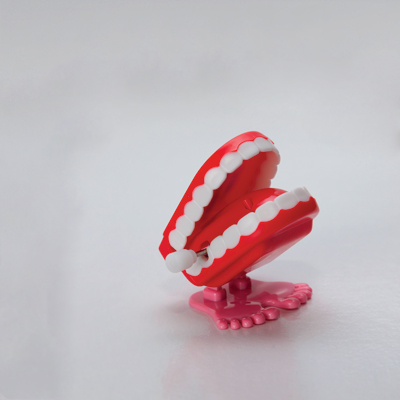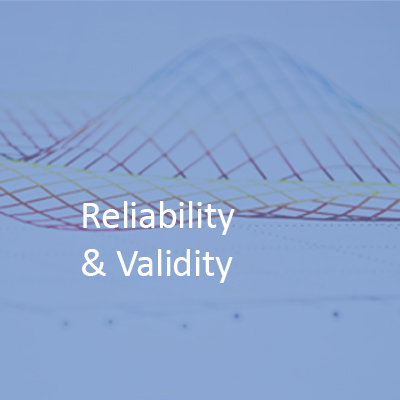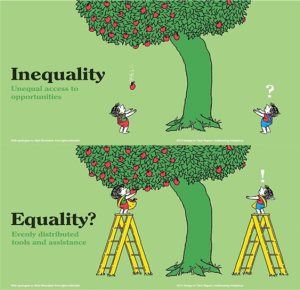Here are three tools for assessing participant satisfaction with CME that have gone through some validity testing:
- Wood TJ, Marks M, Jabbour M. The development of a participant questionnaire to assess continuing medical education presentations. Med Educ. 2005;39:568-72. (abstract)
- Rothman AI, Sibbald G. Evaluating medical grand rounds. J Contin Educ Health Prof. 2002;22:77-83. (abstract)
- Shewchuk RM, Schmidt HJ, Benarous A, Bennett NL, Abdolrasulnia M, Casebeer LL. A standardized approach to assessing physician expectations and perceptions of continuing medical education. J Contin Educ Health Prof. 2007;27:173-82. (abstract)
I expect there are a few more but not many (post a comment if you have other examples).
Just because satisfaction outcome isn’t one of the ACCME big three (i.e., competency, performance, or patient outcome) doesn’t mean it isn’t useful. Both the original Kirkpatrick scale [1] and the one later adapted by Moore [2] say that assessing satisfaction is a necessary precursor to such higher-level outcomes. Satisfaction data make it easier to tease out what elements of a CME activity are to praise or blame when interpreting competency, performance, or patient level outcomes. And with so few validated instruments for assessing satisfaction, this is hardly an area that we’ve adequately covered.
References:
- Kirkpatrick, DL. Evaluating Training Programs: The Four Levels. San Francisco, CA: Berrett-Koehler; 1994.
- Moore DE. A framework for outcomes evaluation in the continuing professional development of physicians. In: Davis D, Barnes BE, Fox R, eds. The Continuing Professional Development of Physicians: From Research to Practice. Chicago, IL: American Medical Association; 2003.












